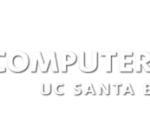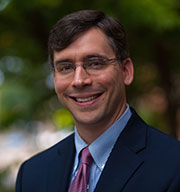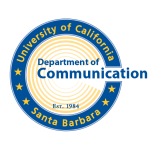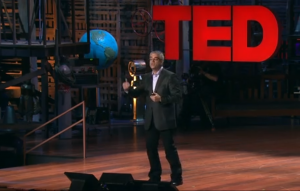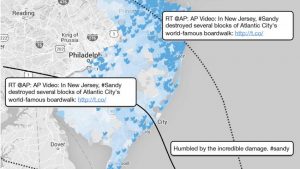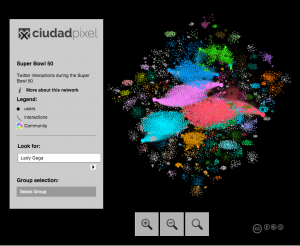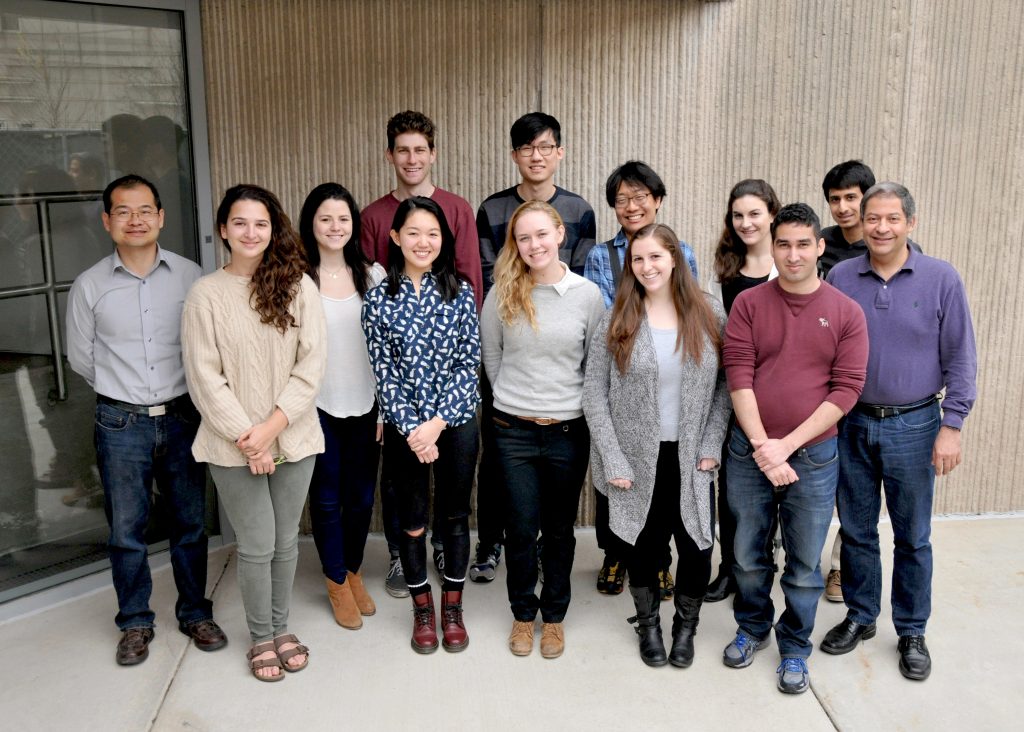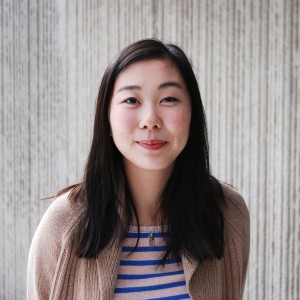Lab Director Noshir Contractor presented his talk “Some Assembly Required: Organizing in the 21st Century” during a Research Group Talk at the University of California Santa Barbara’s Department of Computer Science. Click here for a link to the event page.
Abstract
Recent technological advances provide comprehensive digital traces of social actions, interactions, and transactions. These data provide an unprecedented exploratorium to model the socio-technical motivations for creating, maintaining, dissolving, and reconstituting into teams. Using examples from research on scientific collaboration, software development and massively multiplayer online games, Contractor will argue that Network Science serves as the foundation for the development of social network theories and methods to help advance our ability to understand the emergence of effective teams. More importantly, he will argue that these insights will also enable effective teams by building a new generation of recommender systems that leverage our research insights on the socio-technical motivations for creating ties.

